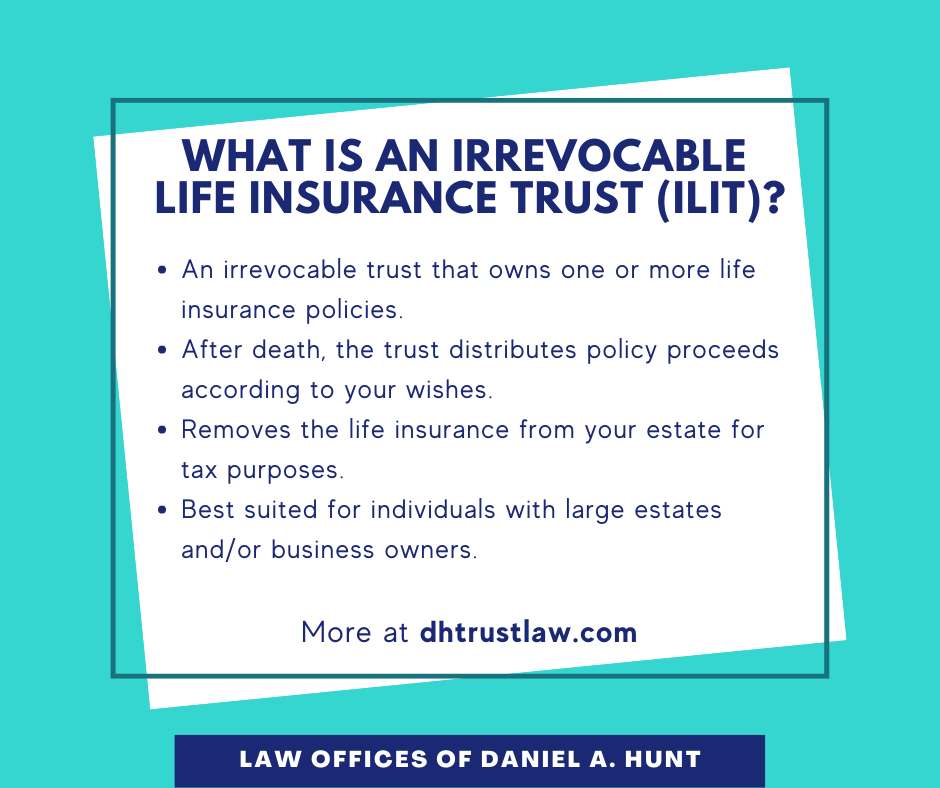Our Pacific Prime Statements
Our Pacific Prime Statements
Blog Article
Some Of Pacific Prime
Table of ContentsPacific Prime Things To Know Before You BuySome Known Details About Pacific Prime Some Known Details About Pacific Prime What Does Pacific Prime Do?How Pacific Prime can Save You Time, Stress, and Money.

This is due to the fact that the information were gathered for a period of strong financial performance. Of the estimated 42 million people who were uninsured, almost regarding 420,000 (about 1 percent) were under 65 years old, the age at which most Americans come to be qualified for Medicare; 32 million were grownups in between ages 18 and 65, about 19 percent of all grownups in this age; and 10 million were kids under 18 years of age, about 13.9 percent of all kids (Mills, 2000).
These estimates of the number of persons without insurance are produced from the yearly March Supplement to the Existing Populace Survey (CPS), conducted by the Census Bureau. Unless otherwise kept in mind, nationwide price quotes of people without medical insurance and percentages of the population with different sort of coverage are based on the CPS, one of the most widely used resource of quotes of insurance protection and uninsurance rates.
The 5-Minute Rule for Pacific Prime

Still, the CPS is particularly useful due to the fact that it generates annual estimates reasonably promptly, reporting the previous year's insurance coverage approximates each September, and because it is the basis for a consistent collection of quotes for more than two decades, enabling evaluation of trends in coverage with time. For these factors, along with the substantial use the CPS in various other research studies of insurance protection that are presented in this record, we depend on CPS price quotes, with restrictions noted.

The quote of the variety of without insurance people increases when a population's insurance status is tracked for a number of years. Over a three-year period starting early in 1993, 72 million individuals, 29 percent of the united state population, lacked protection for a minimum of one month. Within a solitary year (1994 ), 53 million people experienced at the very least a month without protection (Bennefield, 1998a)
6 out of every ten without insurance adults are themselves used. Although working does boost the probability that one and one's member of the family will certainly have insurance, it is not an assurance. Also members of households with 2 full time wage income earners have almost a one-in-ten possibility of being without insurance (9.1 percent uninsured rate) (Hoffman and Pohl, 2000).
Getting My Pacific Prime To Work
New immigrants account for a significant proportion of people without medical insurance. One evaluation has actually attributed a substantial section of the recent growth in the size of the U.S. uninsured population to immigrants who arrived in the country between 1994 and 1998 (Camarota and Edwards, 2000). Current immigrants (those that came to the United States within the previous 4 years) do have a high price of being without insurance (46 percent), yet they and their youngsters make up simply 6 percent of those without insurance policy across the country (Holahan et al., 2001).
The partnership in between wellness insurance policy and accessibility to care is well developed, as recorded later in this chapter. The relationship in between wellness insurance coverage and health end results is neither straight nor simple, a considerable scientific and health solutions study literature links wellness insurance protection to enhanced access to care, far better high quality, and improved individual and population health status.
Degrees of analysis for checking out the results of uninsurance. This conversation of medical insurance coverage focuses largely on the U.S. populace under age 65 because virtually all Americans 65 and older have Medicare or other public coverage. Moreover, it focuses particularly on those with no medical insurance for any type of size of time.
Our Pacific Prime Diaries
The issues encountered by the underinsured remain in some respects comparable to those dealt with by the uninsured, although they are typically less serious. international travel insurance. Uninsurance and underinsurance, nevertheless, entail definitely different policy issues, and the techniques for addressing them may differ. Throughout this research study and the five records to adhere to, the main emphasis is on persons with no medical insurance and thus no help in paying for health treatment past what is available via charity and safeguard institutions
Wellness insurance coverage is a powerful aspect affecting invoice of care due to the fact that both individuals and physicians react to the out-of-pocket cost of services - https://anotepad.com/notes/23abm5wr. Medical insurance, however, is neither necessary neither adequate to gain accessibility to clinical services. The independent and a fantastic read direct impact of health insurance policy coverage on accessibility to health and wellness solutions is well developed.
Others will certainly obtain the wellness care they require even without medical insurance, by spending for it expense or seeking it from companies that provide treatment free or at extremely subsidized rates. For still others, medical insurance alone does not make sure invoice of care due to various other nonfinancial barriers, such as a lack of healthcare companies in their area, limited access to transport, illiteracy, or etymological and social differences.
The Main Principles Of Pacific Prime
Formal research study regarding without insurance populations in the United States dates to the late 1920s and very early 1930s when the Board on the Expense of Treatment created a collection of records concerning funding medical professional workplace gos to and hospitalizations. This problem ended up being prominent as the numbers of medically indigent climbed during the Great Depression.
Report this page